Wheels on the 790 Adventure, and Adventure R are all the same. Spoked wheels with aluminum rims, 2.50 × 21″ on the front; 4.50 × 18″ on the rear. Those rims are designed for tubeless tires, with a sealing band on top of the spoke nipples to prevent air from going out.
The 790 Adventure Rally uses DID Dirt Star rims. With slightly narrower rims, 2.15 x 21” on the front and 4.00 x 18” on the rear. Those are not air-proofed at all, these wheels do require the use of tubes…
All models use the same tire sizes, 90/90-21 and 150/70-18.
The good news is that wheels are 100% compatible with 1050/1090/1190/1290 KTM adventure models. The 1090 Adventure R uses exactly the same sizes as the 790 Adventure for example. The cast alloy wheels of a 1050 Adventure (3.0 x 19″ & 4.5 x 17″) will also bolt right on. Even the 1290 SA size (3.50 x 19″ & 5.00 x 17″) fit just fine, but they are probably over the top for the little 790.
The wheels from the 950/990 Adventure will not fit as is however. The rear wheel will, but the front wheel needs custom hardware to offset the brake disks.
Of course, if you source from another bike, the disks and sprocket may be different, they will need to be swapped for 790 compatible ones.
There are also a number of third parties building wheels either from scratch or by relacing a new a rim of your choice on your existing hub.
Be aware of a few caveats if you change rim diameter (to 17″/19″ for example):
- The electronic reads the bike speed via the slotted rings on the wheels. And the different sizes will make your speedo wrong, and may also confuse the various three letter acronyms (ABS, MTC,…). Ian Chappel in the UK used to make custom rings to fix this, but he passed away (RIP), and right now there are no other known sources for these.
- Changing the rear wheel to a smaller one changes the gearing, and will make your bike slower for the same RPM on the same gear. To fix this for a 18″ to 17″ conversion, just change the rear sprocket from the original 45 teeth to 43 or 42 (43 is probably the closest gear wise, but 42 is a more common size and easier to find). To help you inmate Gaulin on ADVRider developed a gearing calculator spreadsheet, or you can use the excellent gearingcommander.
Common wheel upgrades:
- Upgrade a S or an R to the narrower rims of the Rally.
- Invest in a set of road wheels, 17″ on the back, 19″ on the front, for better road manner and moving the seat down a little bit.
- Go supermoto, with two 17″ wheels, and go hooligan.
Examples:


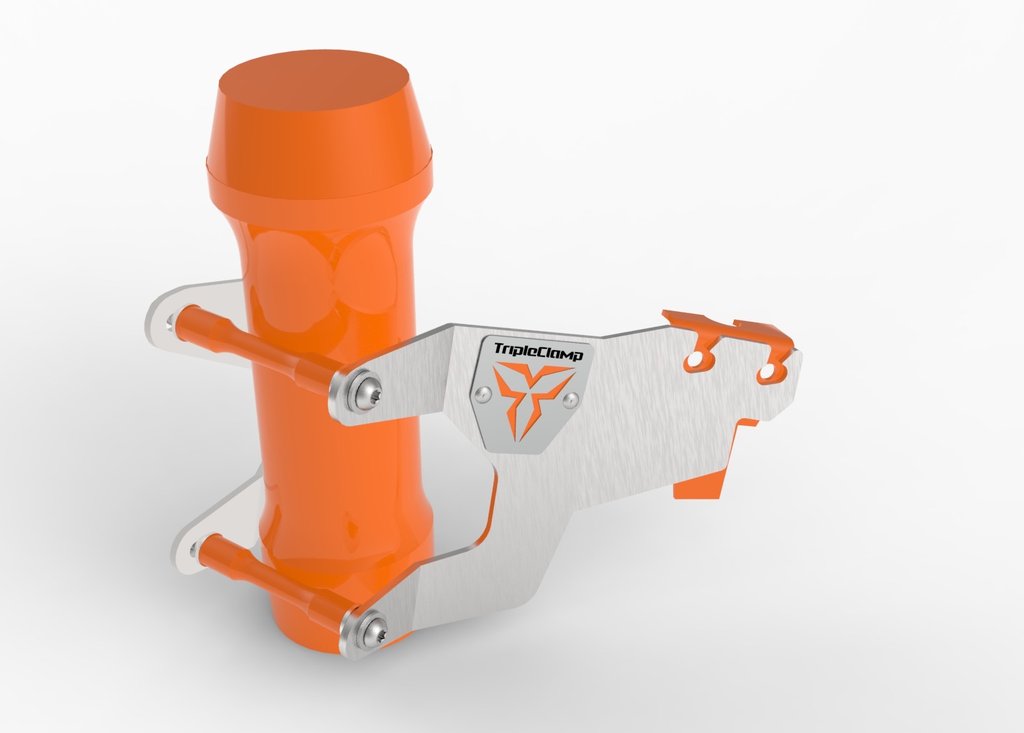
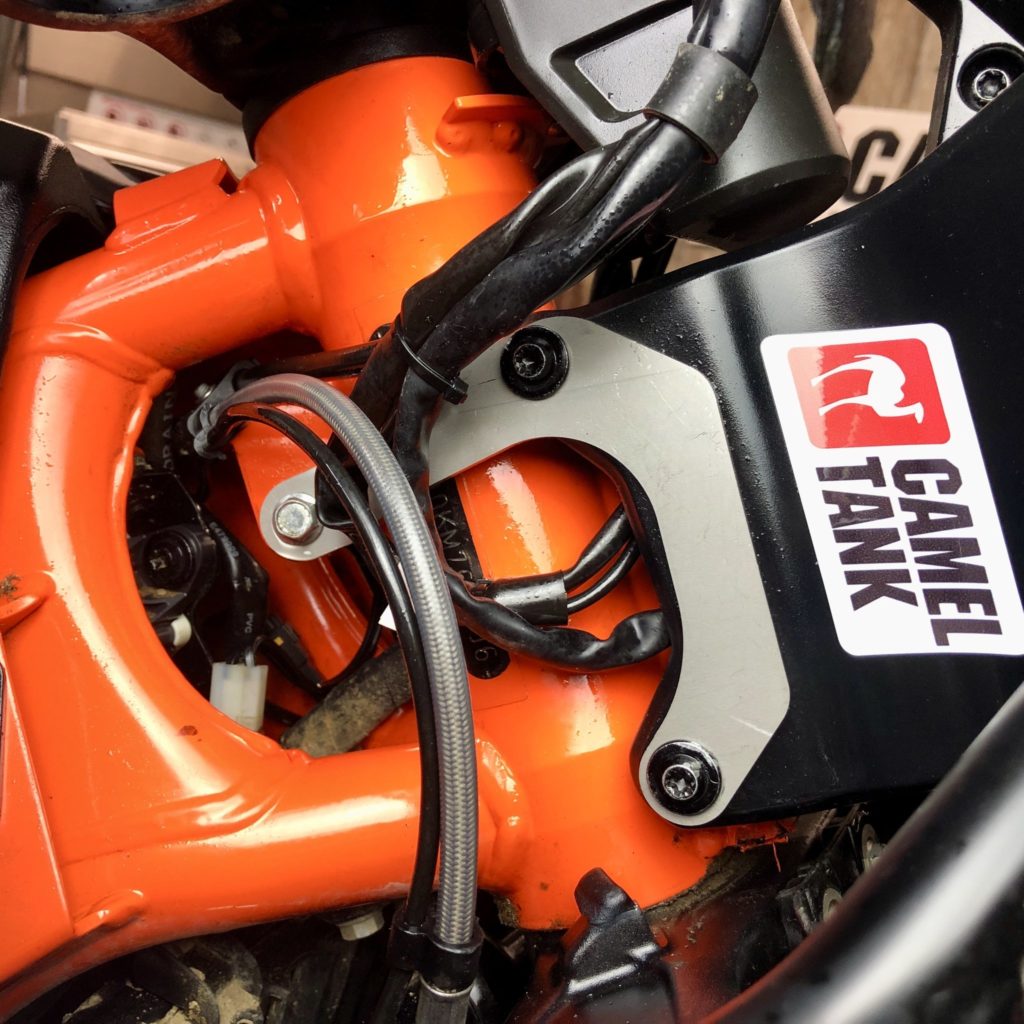
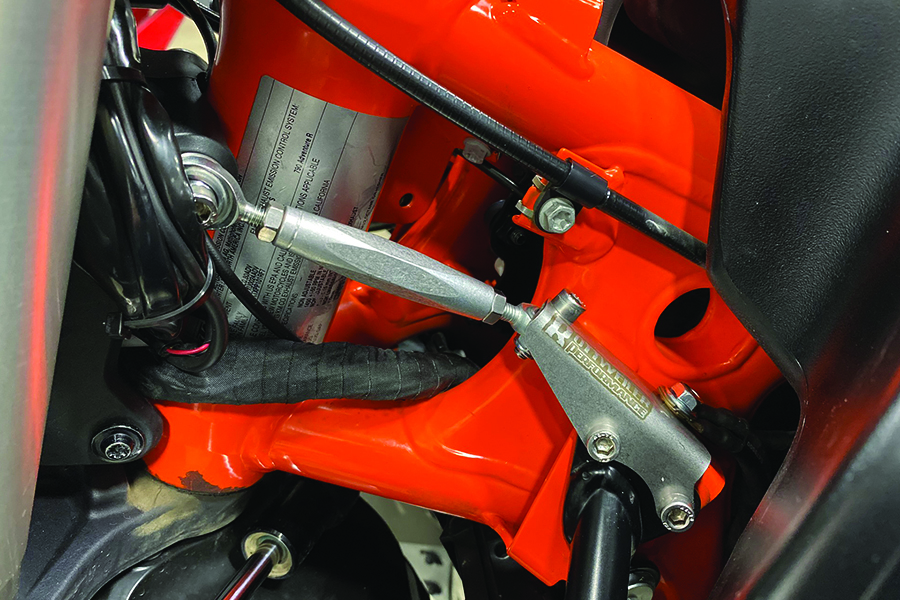

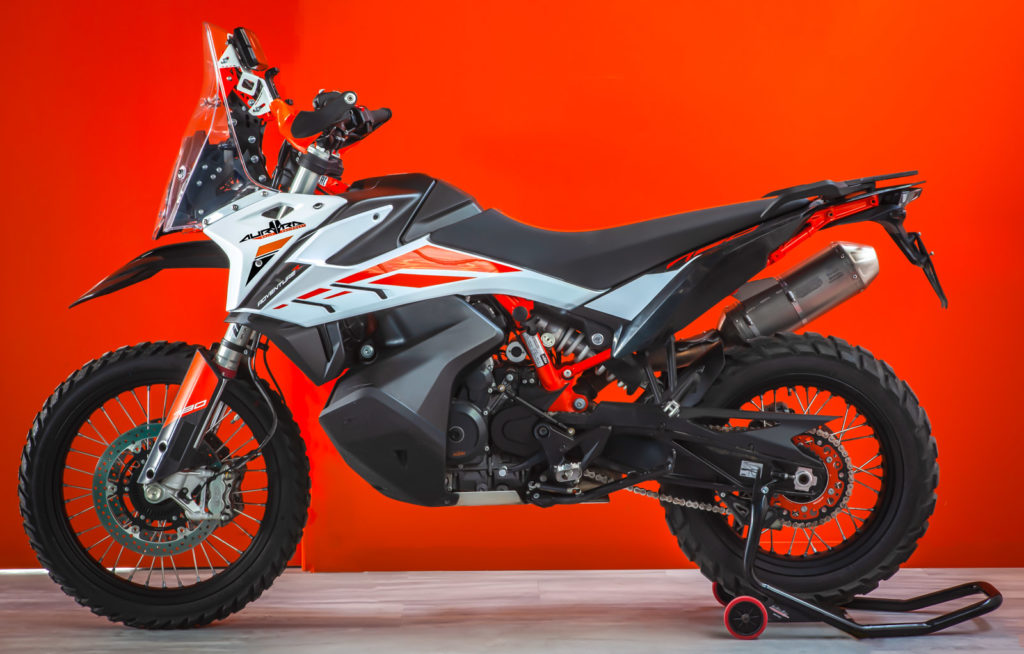
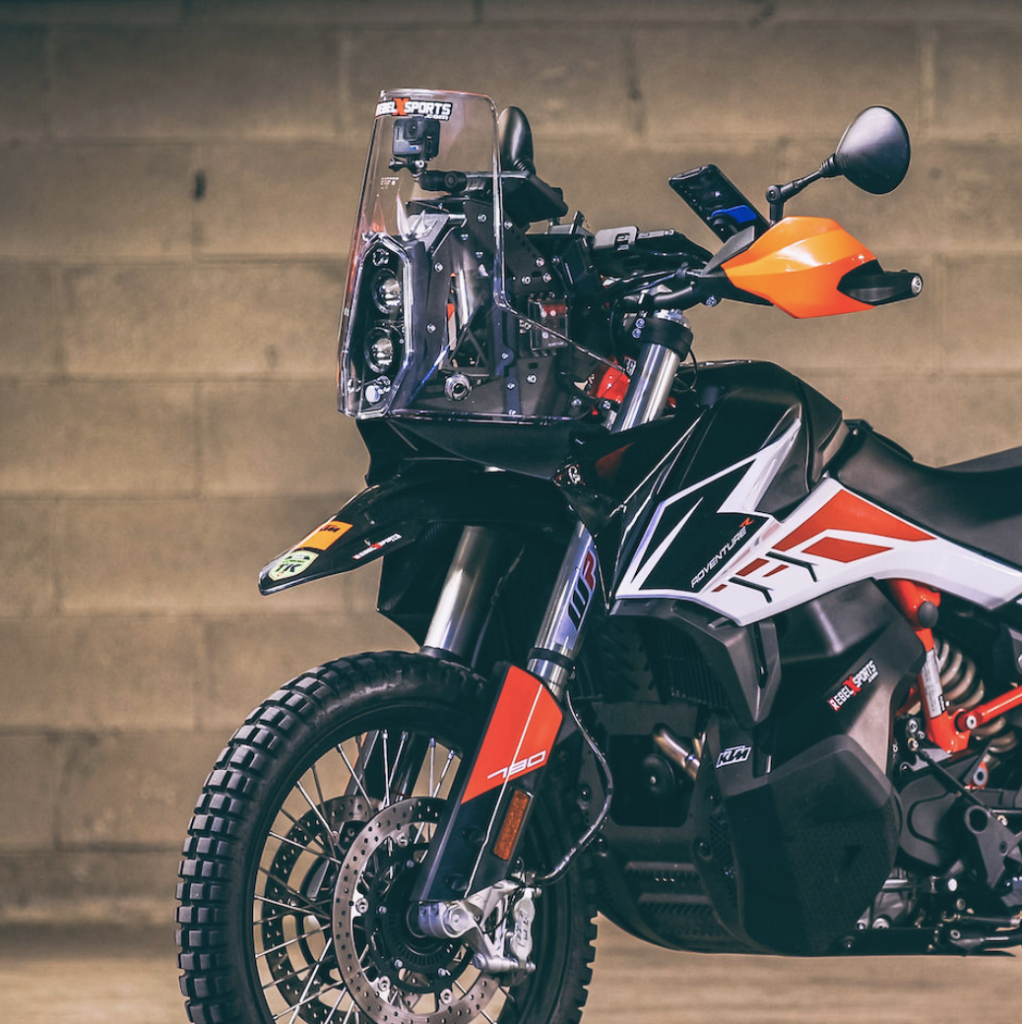

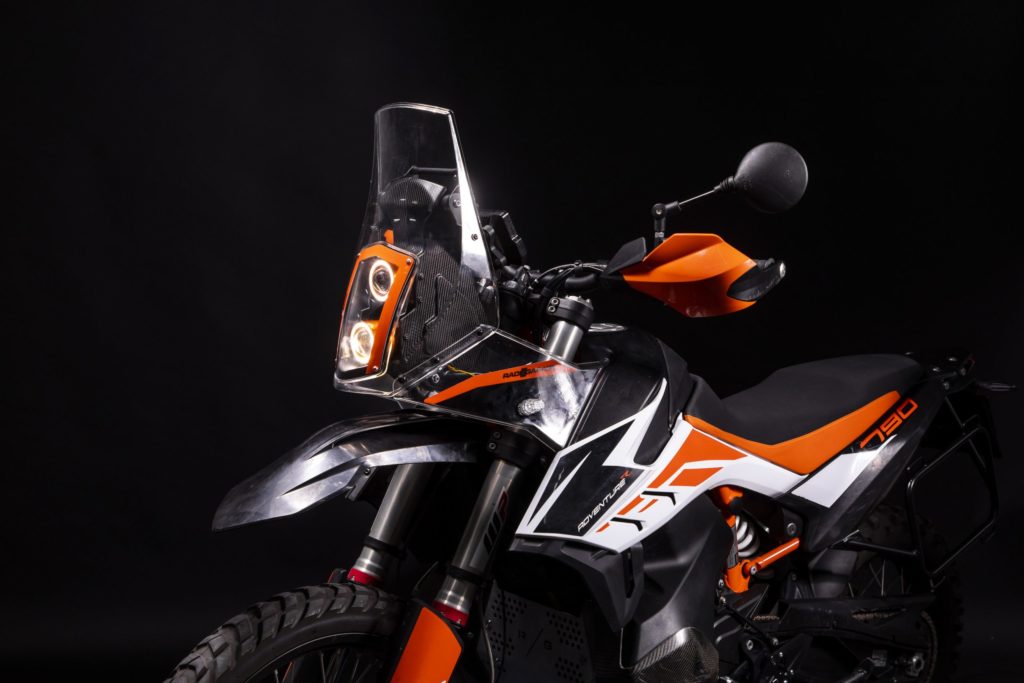
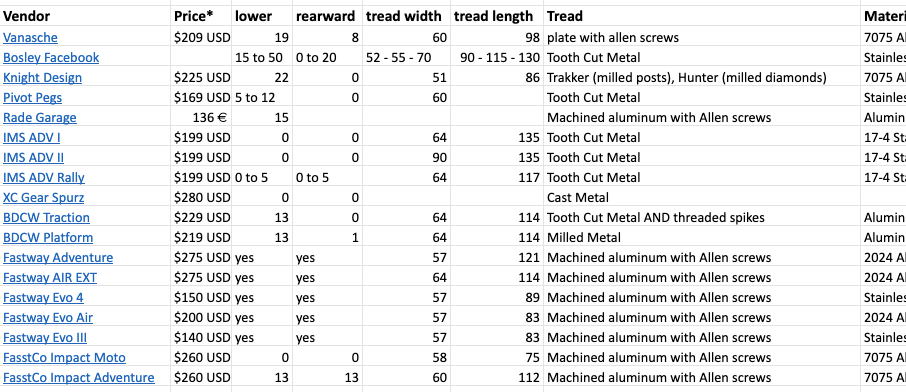

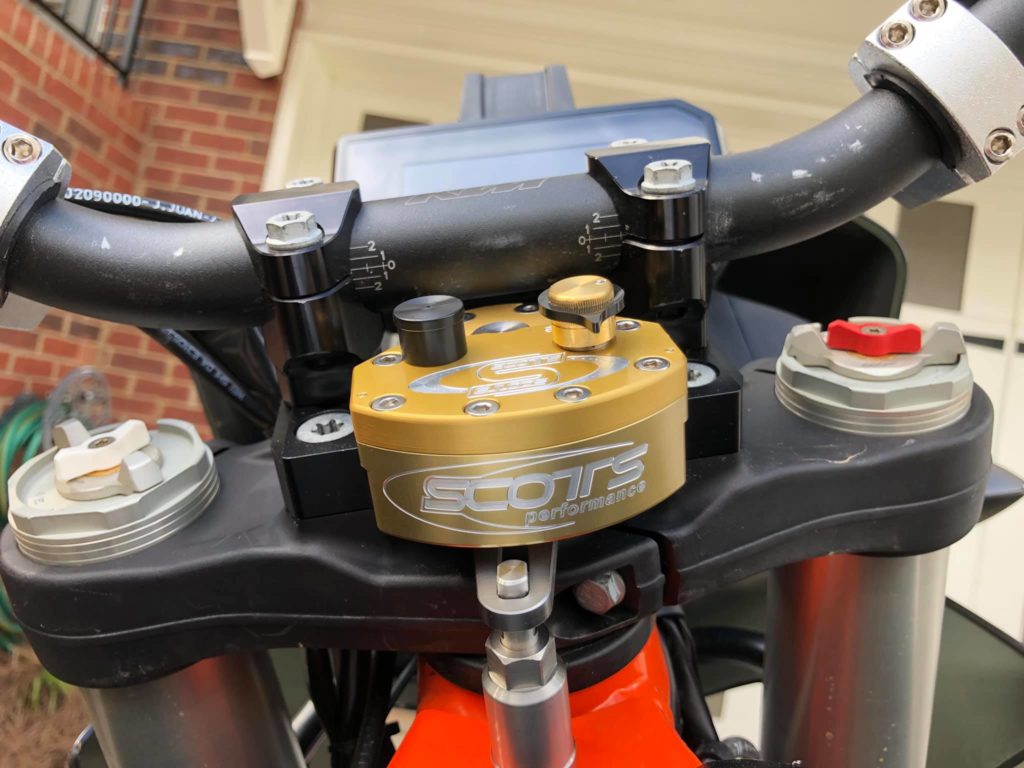
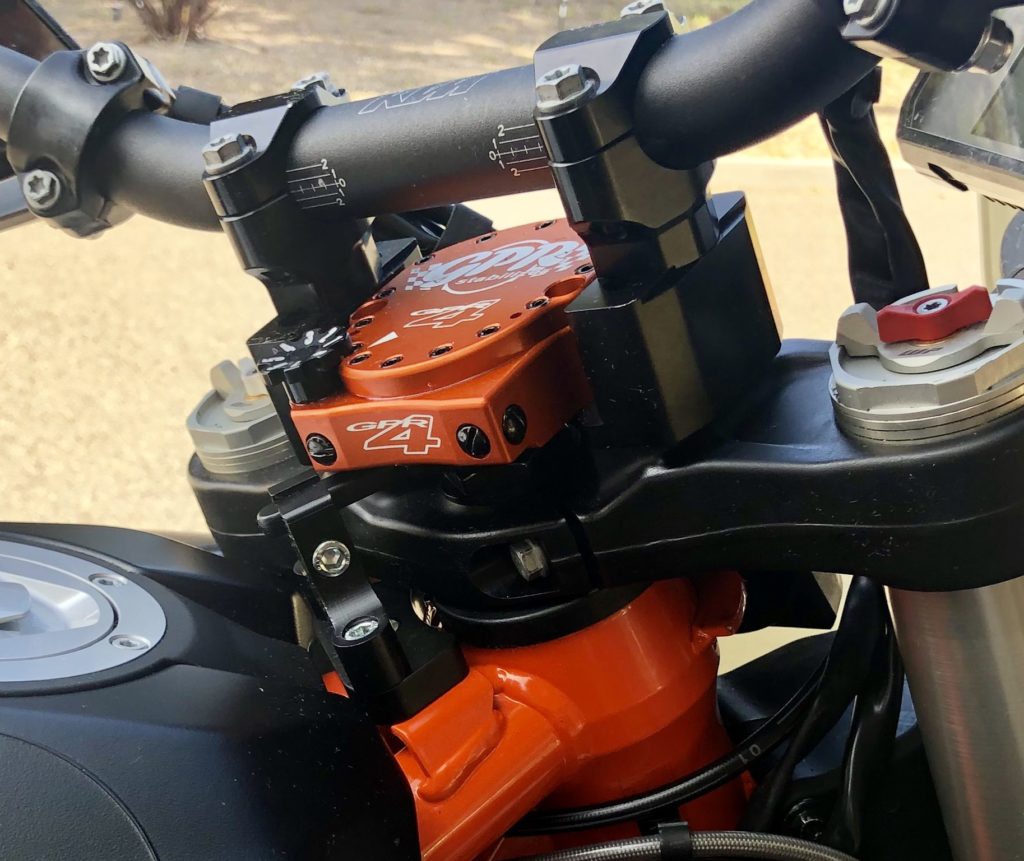

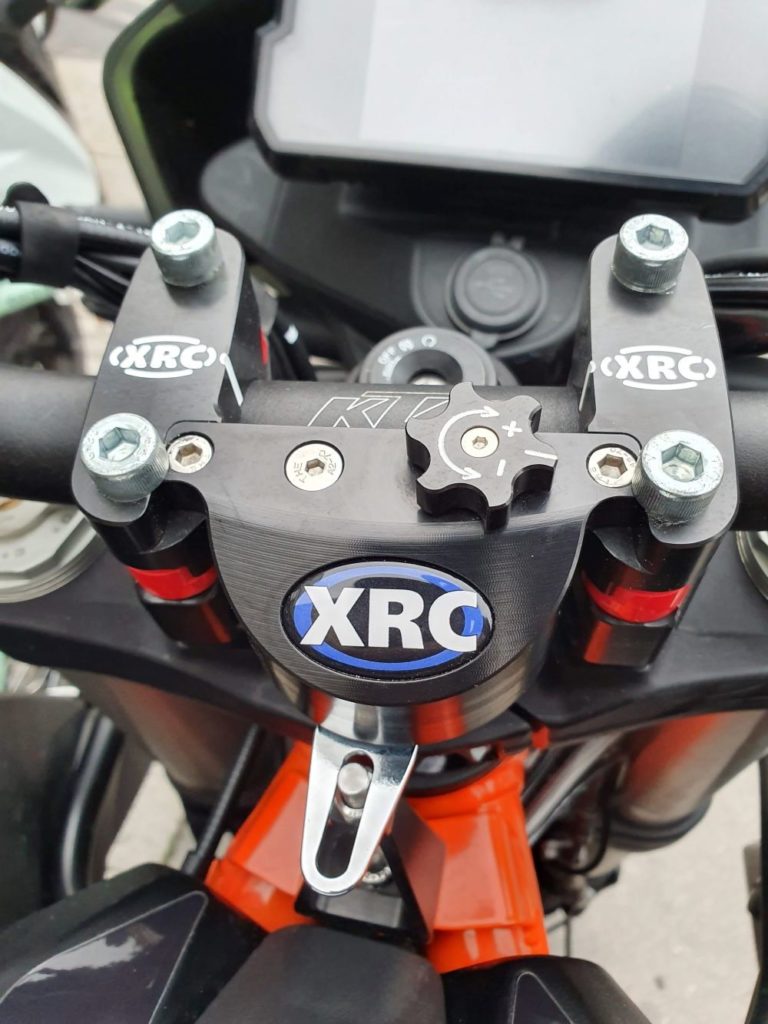
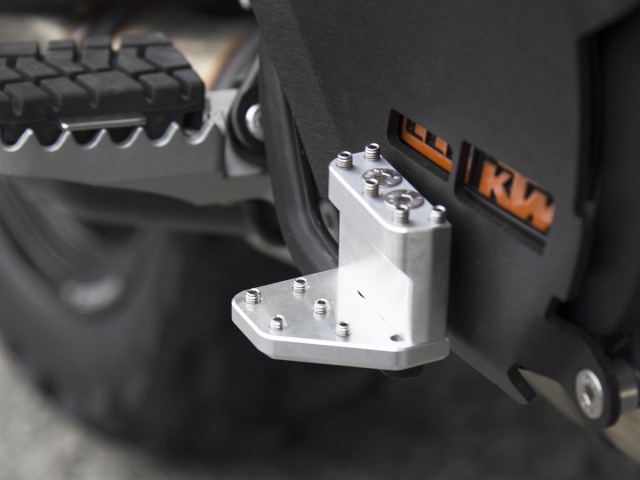
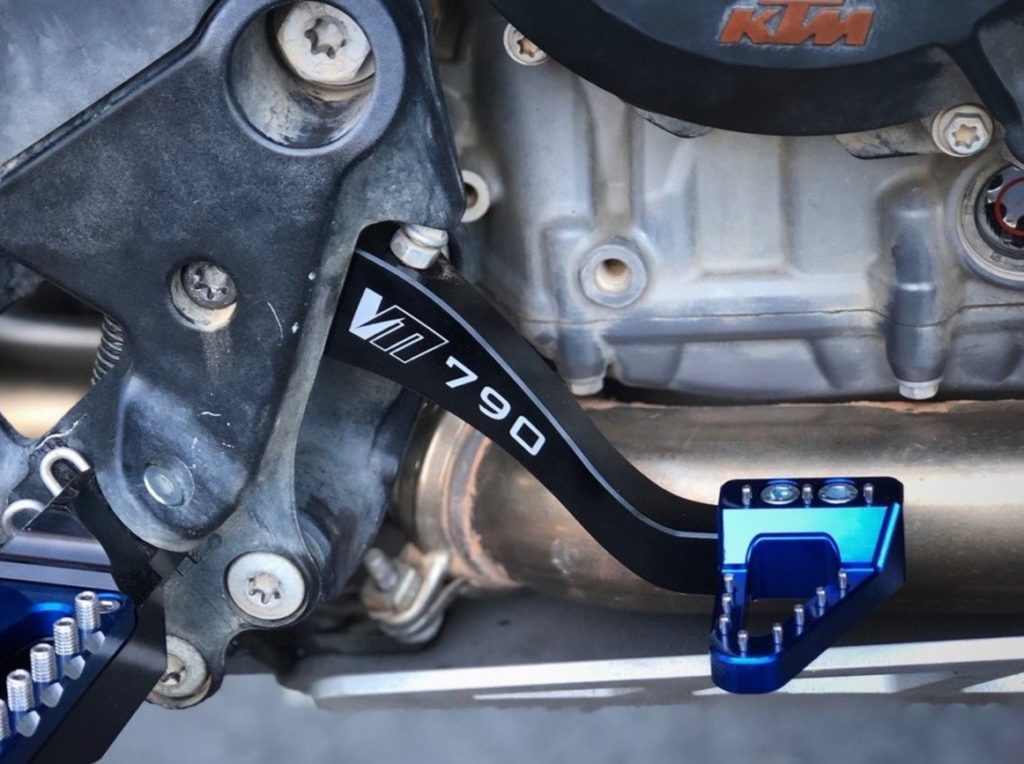
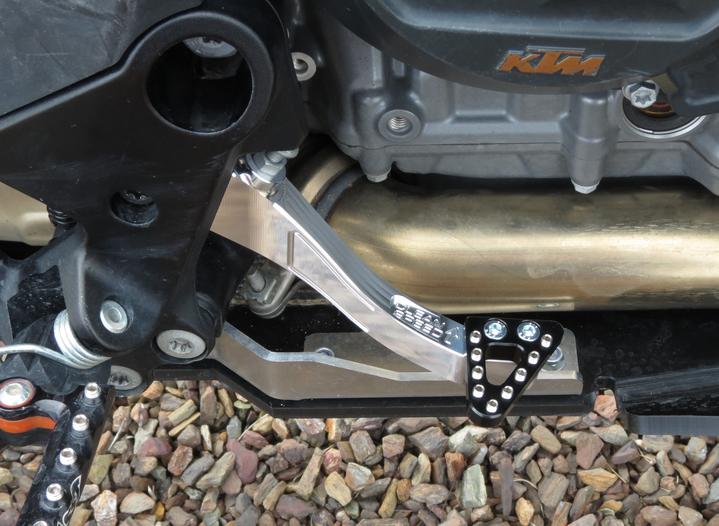

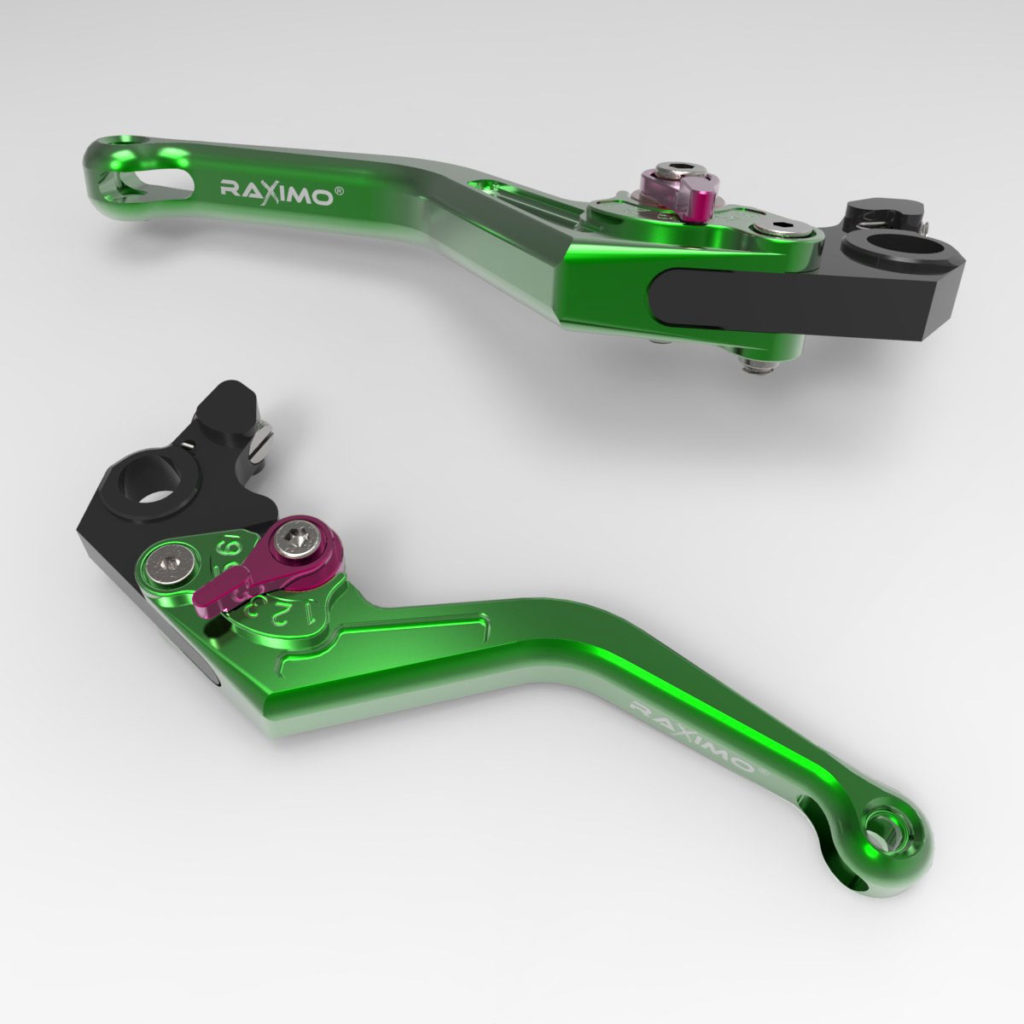

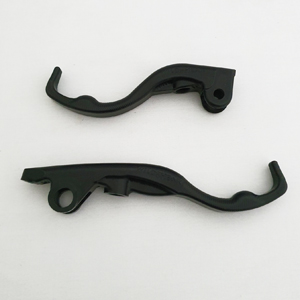

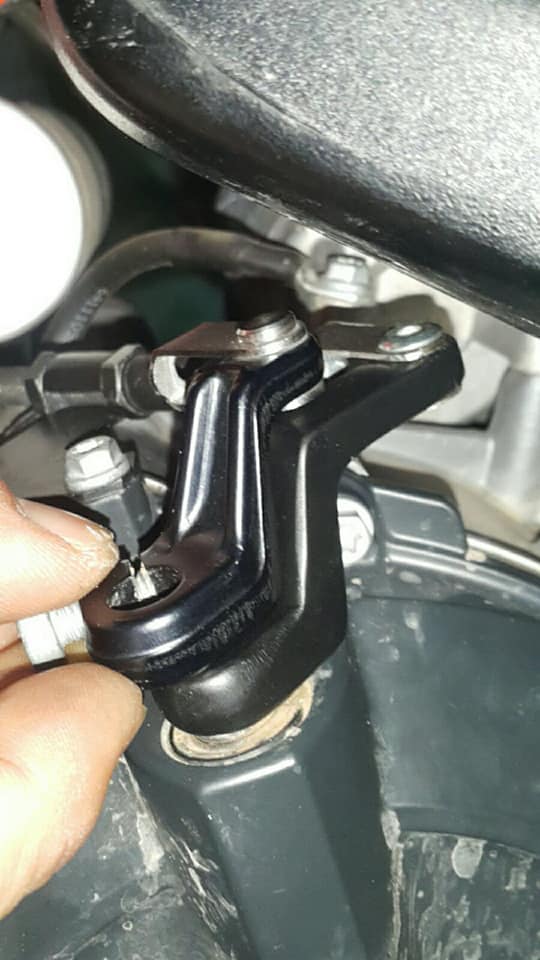
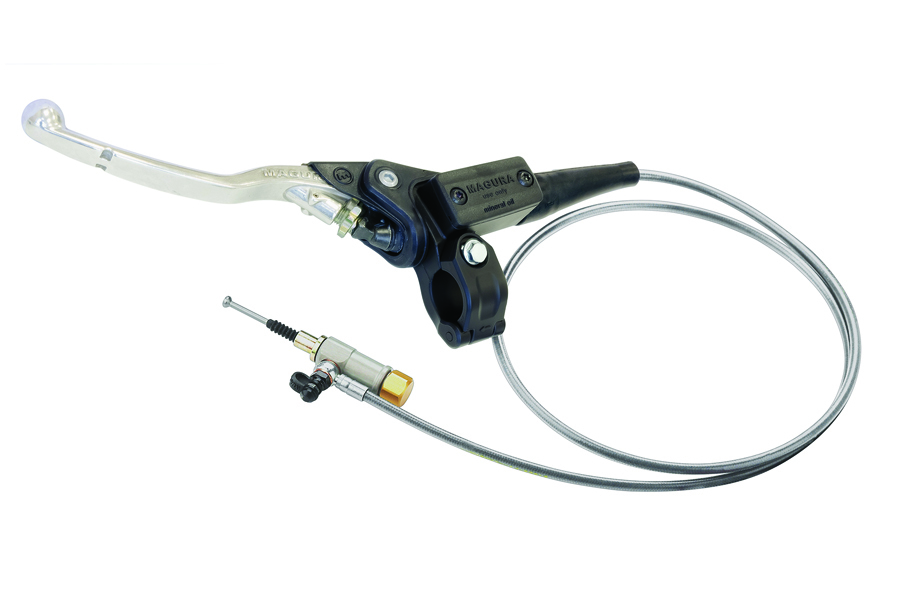
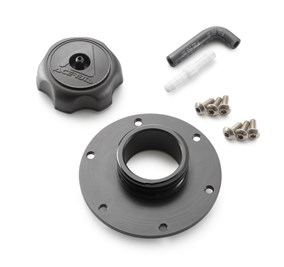

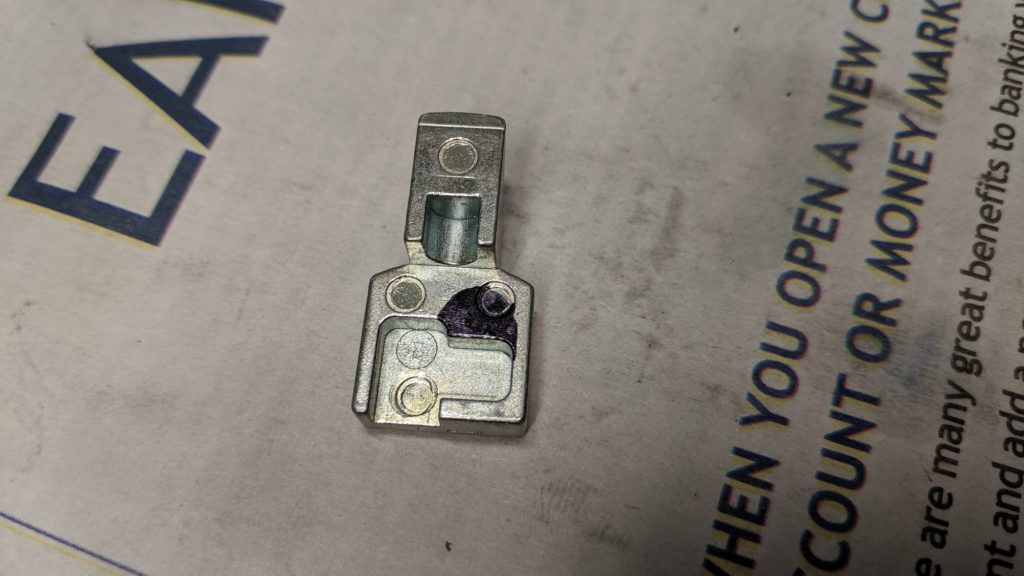

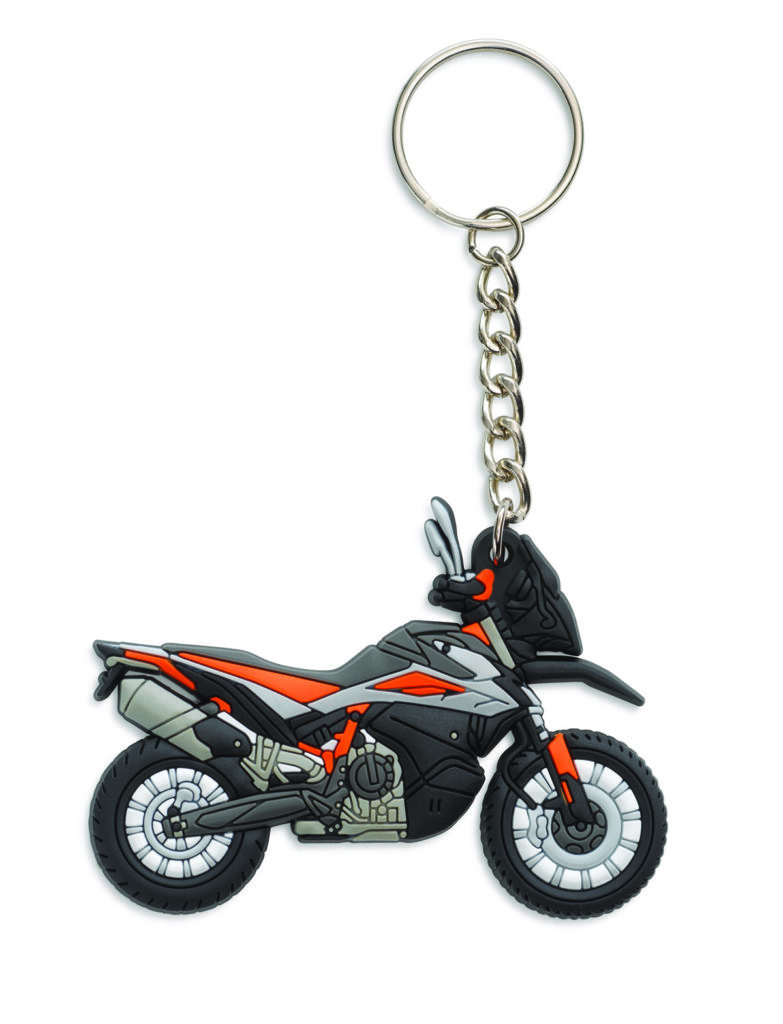
Recent Comments